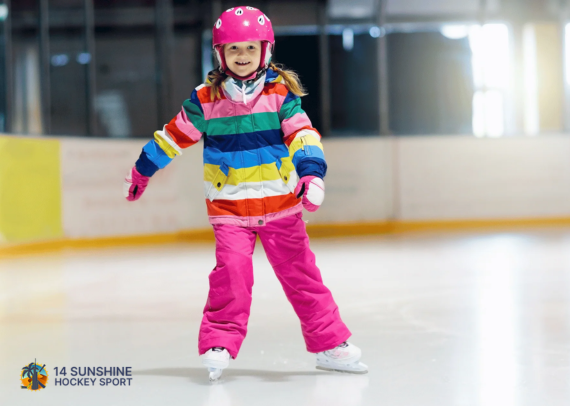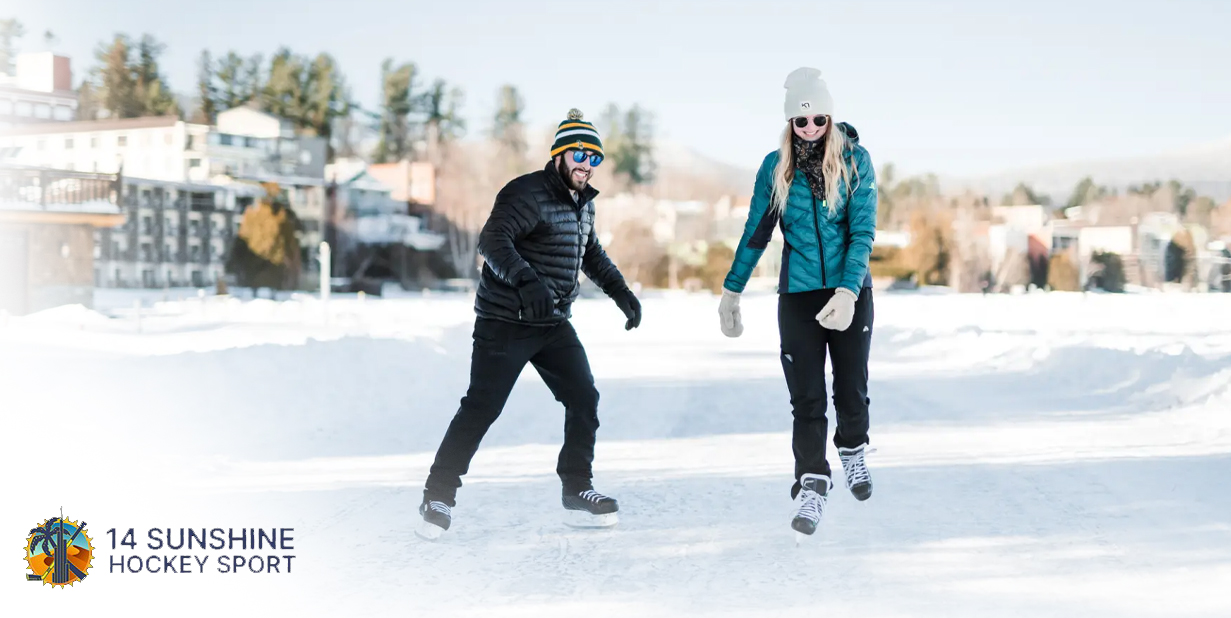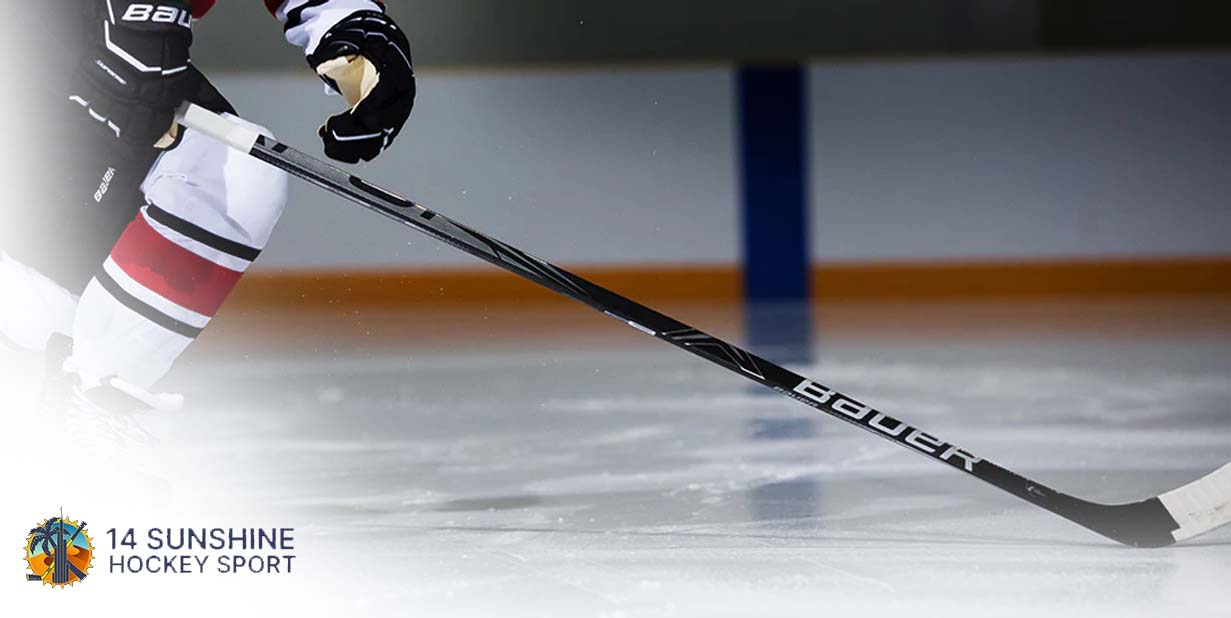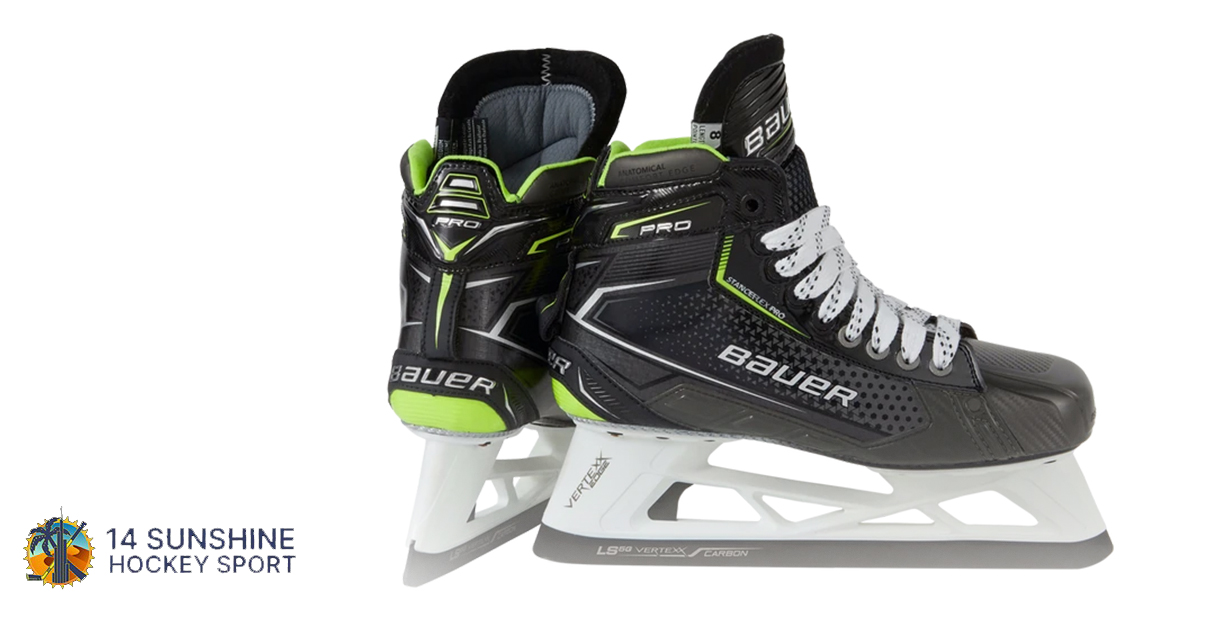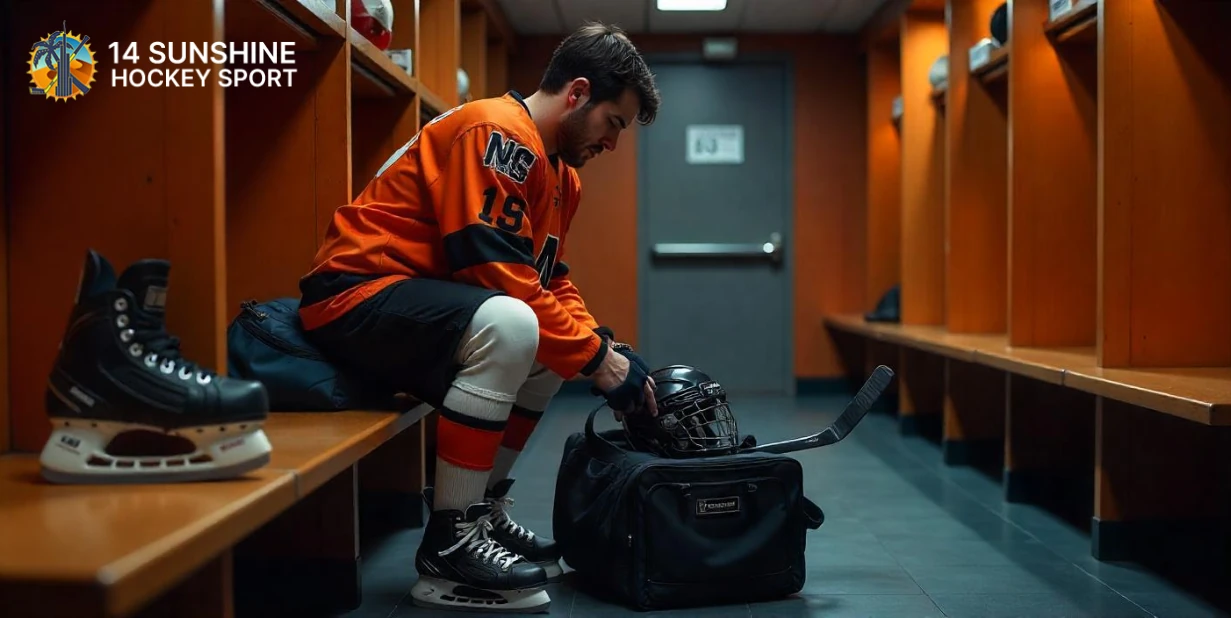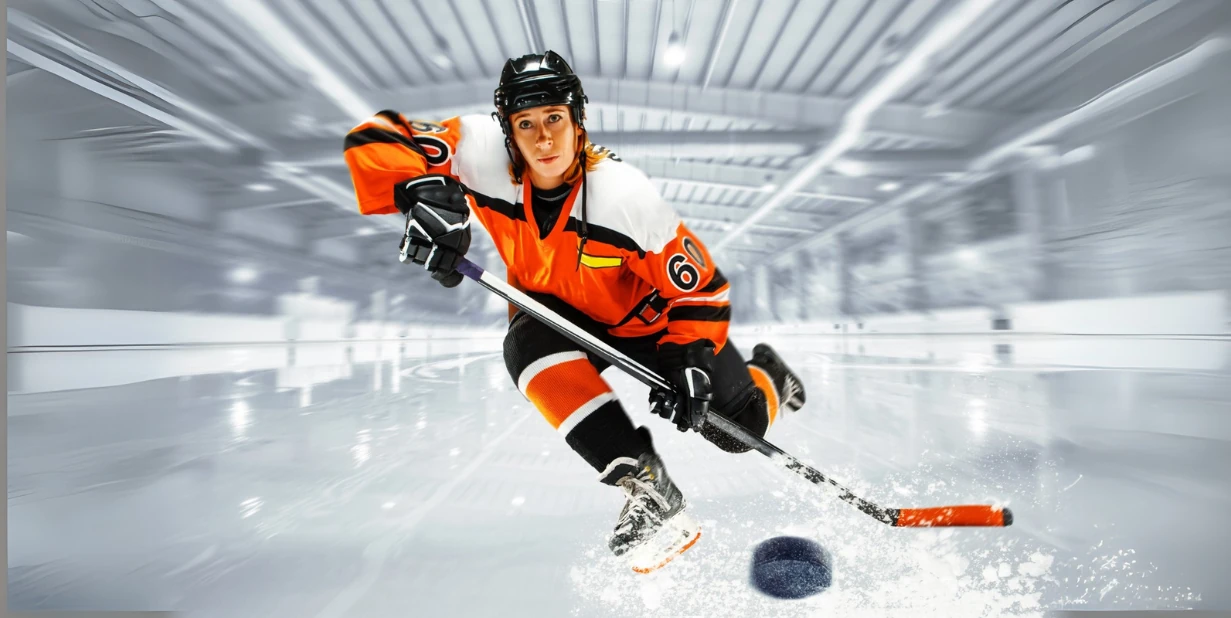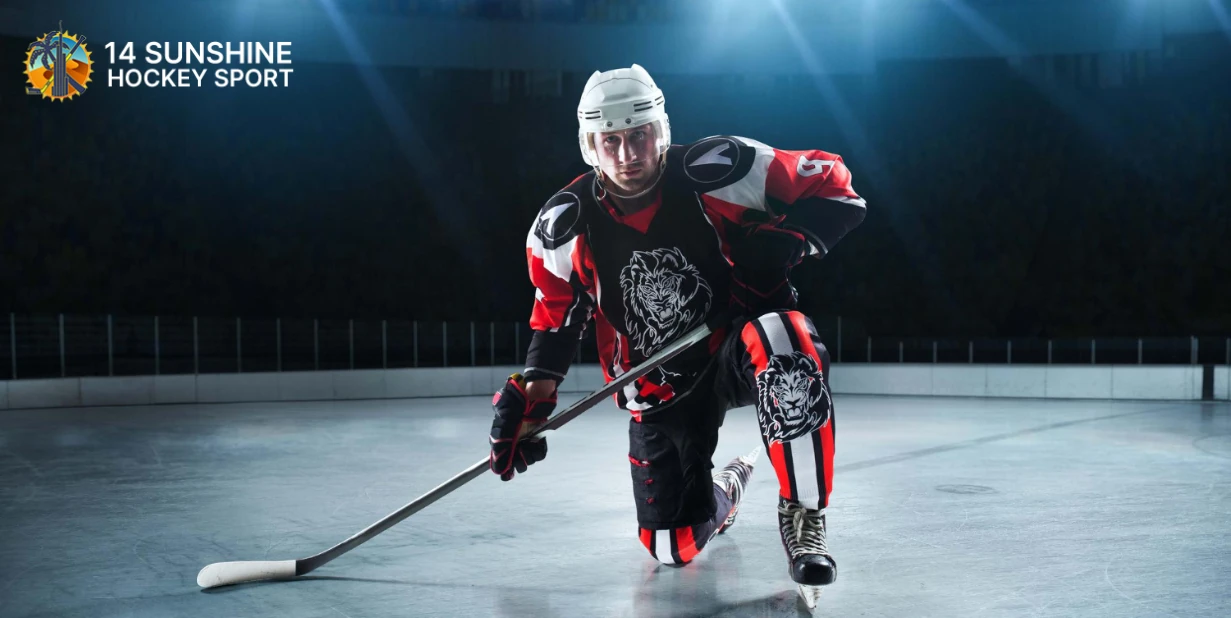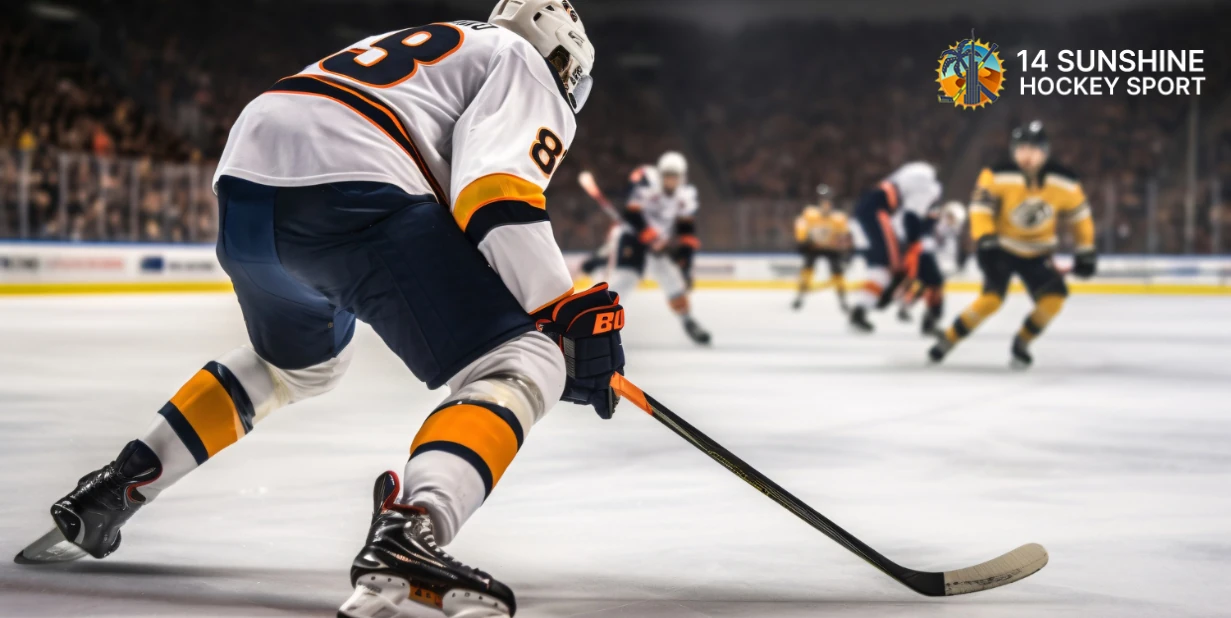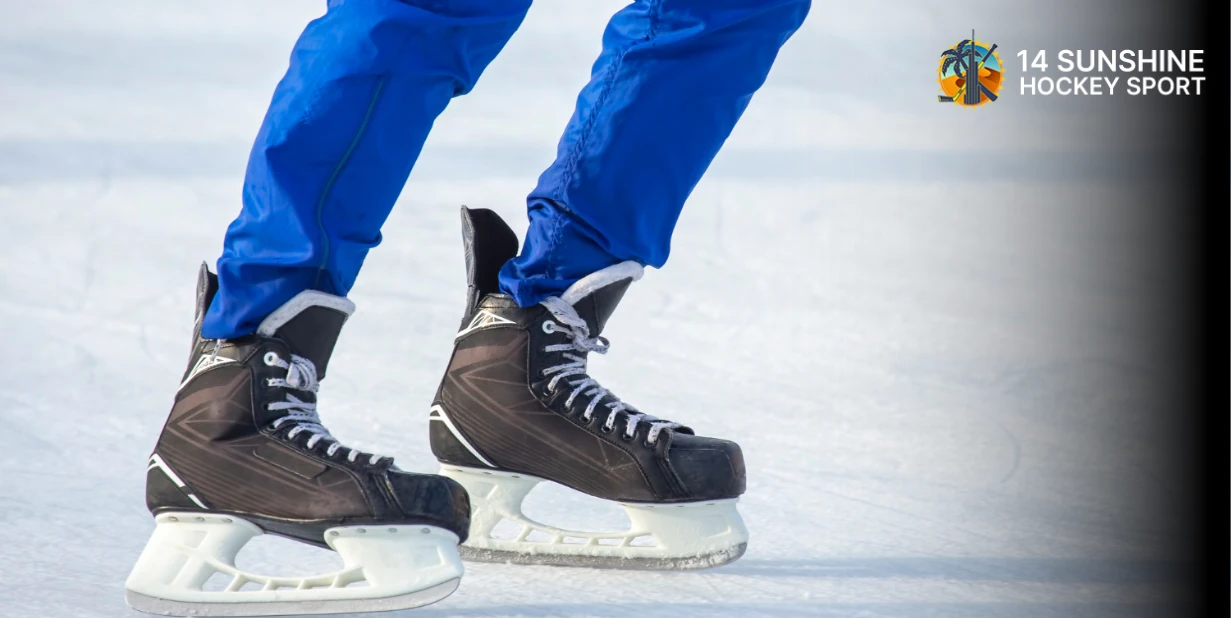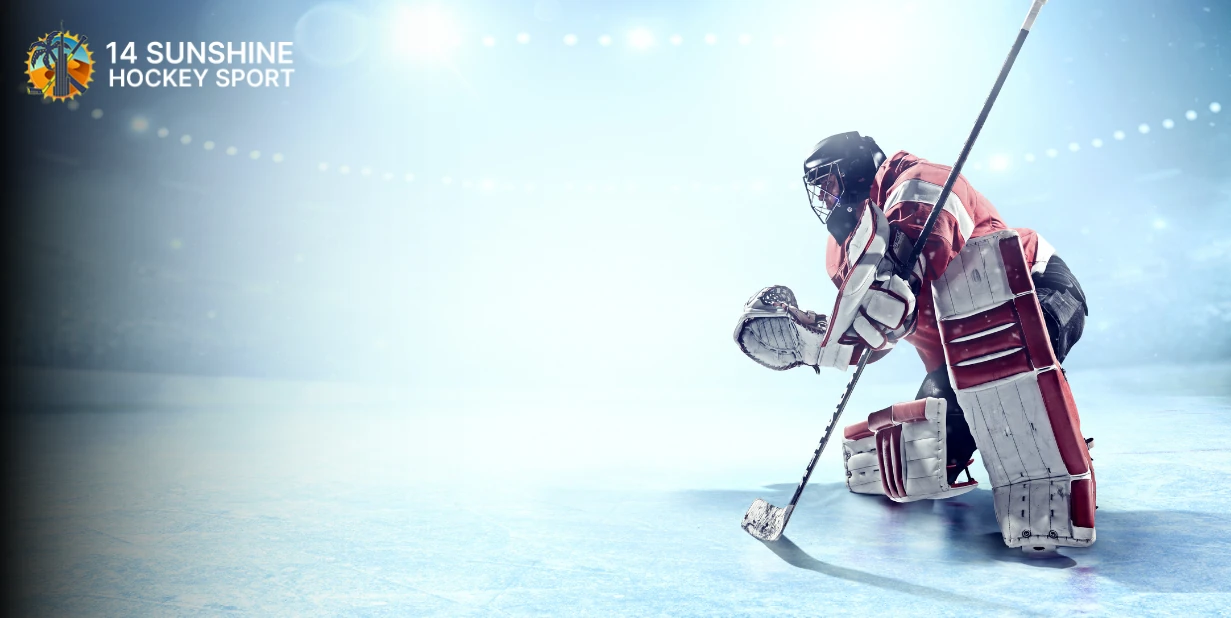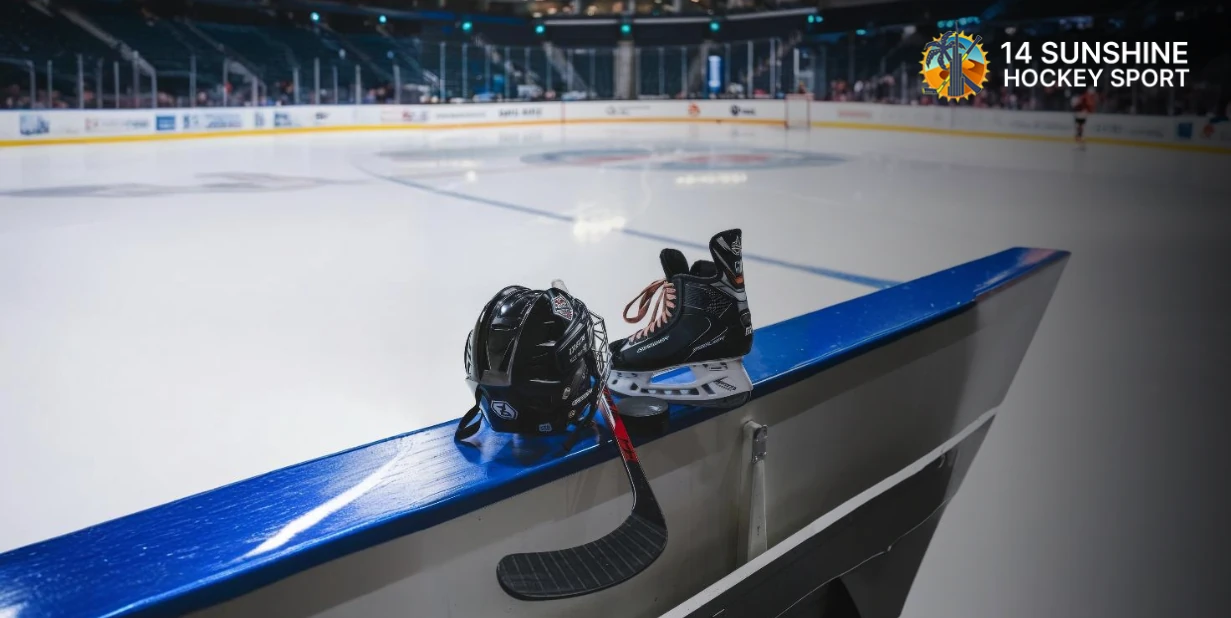What to Wear Under Your Ice Hockey Gear: Comfort Meets Protection
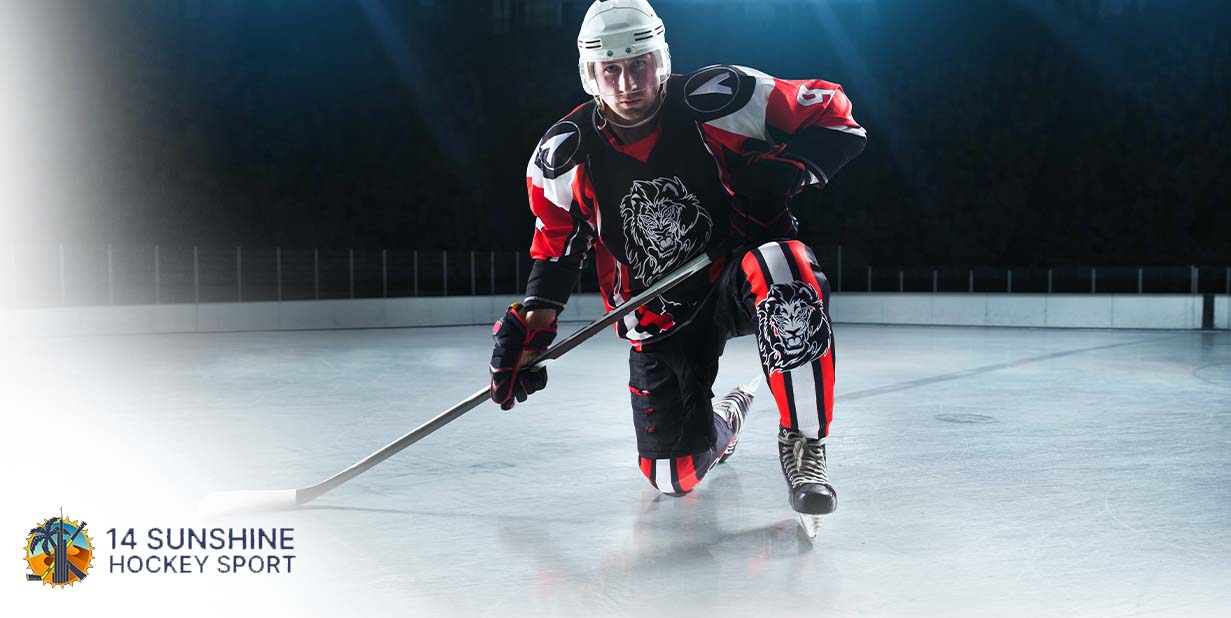
If you’re new to ice hockey, you may already know about the main gear helmet, shoulder pads, gloves, and skates. But one question beginners often have is, “What do I wear under all of this?”
Wearing the right base layers under your hockey gear can make a big difference. It helps with comfort, protection, and even performance. Whether you’re practicing or playing in a real game, knowing what to wear under your gear keeps you safe and focused.
This guide walks you through every layer from socks to shirts so you can suit up with confidence.
Why Base Layers Matter in Hockey
Before jumping into the checklist, it’s important to understand why under-gear clothing matters:
- Comfort: Hockey gear is bulky and can cause chafing or irritation. A proper base layer helps reduce this.
- Moisture Control: You will sweat a lot. Performance fabrics keep sweat away from your skin.
- Mobility: Fitted base layers stretch and move with your body, unlike baggy cotton clothes.
- Hygiene: A layer between your skin and gear keeps things cleaner and easier to wash.
- Extra Warmth: Rinks can be cold, especially during early practices or late games.
Now let’s break down what you should wear from top to bottom.
1. Undergarments
Start with clean, snug-fitting underwear. Avoid thick fabrics or bunchy materials. Some players wear compression briefs or athletic underwear for better support.
For men, it’s recommended to wear a jockstrap or a built-in jockstrap with a protective cup. Women can use a pelvic protector designed for female athletes.
2. Base Layer Top
Wear a long-sleeved, moisture-wicking shirt as your top layer under the chest and arm pads.
Look for:
- Compression fit or snug athletic fit
- Breathable, stretchable fabric
- Flat seams to reduce rubbing
- Thumb holes for keeping sleeves in place (optional)
Avoid cotton shirts, which hold onto sweat and become heavy and cold.
3. Base Layer Bottoms
For your legs, go with performance leggings or compression tights. These protect your skin from rubbing against your shin guards and pants.
Choose:
- Lightweight thermal leggings if it’s cold
- Mesh-backed tights for better airflow
- Compression fit to reduce muscle fatigue
Many hockey-specific base pants come with a built-in cup and Velcro tabs to hold your hockey socks up.
4. Hockey Socks
Over your leggings or base pants, you’ll wear long hockey socks. These are different from regular socks — they’re long, tube-like, and go from ankle to thigh.
These help:
- Cover your shin pads
- Hold everything in place
- Give a clean, layered look
Use either Velcro tabs from your jock shorts or a hockey garter belt to keep the socks from falling.
5. Skate Socks
What you wear inside your skates is also important. Don’t go with thick cotton socks; they cause blisters and reduce control.
Instead, pick:
- Thin, seamless skate socks
- Moisture-wicking material
- A snug but not too tight fit
Some players even go sockless for better feel, but this is a personal choice and can take time to get used to.
6. Neck Guard (Optional but Recommended)
Some leagues or rinks require neck guards. These are soft pads with a Velcro strap that wrap around your neck.
They protect against cuts from skates or sticks and can be worn over or under your shirt.
7. Mouthguard and Cup
These are non-negotiable in contact hockey.
- Mouthguard: Protects teeth and prevents serious jaw injuries
- Athletic Cup: Prevents injuries to the groin area; should fit securely in the built-in pocket of your shorts
Always check that both are in good condition before each game.
8. Optional Add-ons for Comfort
Depending on your body, play style, and the climate in your rink, you may also consider these extras:
- Padded compression shirts for extra rib and shoulder protection
- Thin beanie or skull cap to wear under your helmet for warmth and sweat absorption
- Wristbands or forearm sleeves if you experience chafing in the glove area
- Ankle support sleeves to prevent blisters and offer stability
Tips for Choosing the Right Under-Gear
- Go for fit, not fashion: Your base layers should feel like a second skin. Loose or bulky clothes will shift around and cause discomfort.
- Stick to athletic fabrics: Opt for polyester blends, spandex, and other moisture-wicking materials.
- Try before you buy: If possible, try on base layers with your gear to ensure they don’t bunch up or feel uncomfortable.
- Wash your gear often: Base layers absorb sweat and odor. Make sure to wash them after every use to stay clean and fresh.
- Invest in quality: Cheap base layers may wear out quickly or lose stretch. Well-made gear can last seasons if cared for properly.
What Not to Wear Under Hockey Gear
To stay safe and comfortable, avoid these common mistakes:
- No jeans, sweatpants, or cotton shirts
- No thick socks or double layers in skates
- No oversized clothes under pads
- No skipping the protective cup or mouthguard
Conclusion
Wearing the right under-gear in hockey might seem like a small detail, but it makes a big difference. A good base layer can keep you comfortable, dry, and protected while helping you focus on the game. From moisture-wicking shirts to snug socks and supportive shorts, what you wear under your gear matters just as much as the gear itself.
Dress smart, stay safe, and enjoy every shift on the ice.

